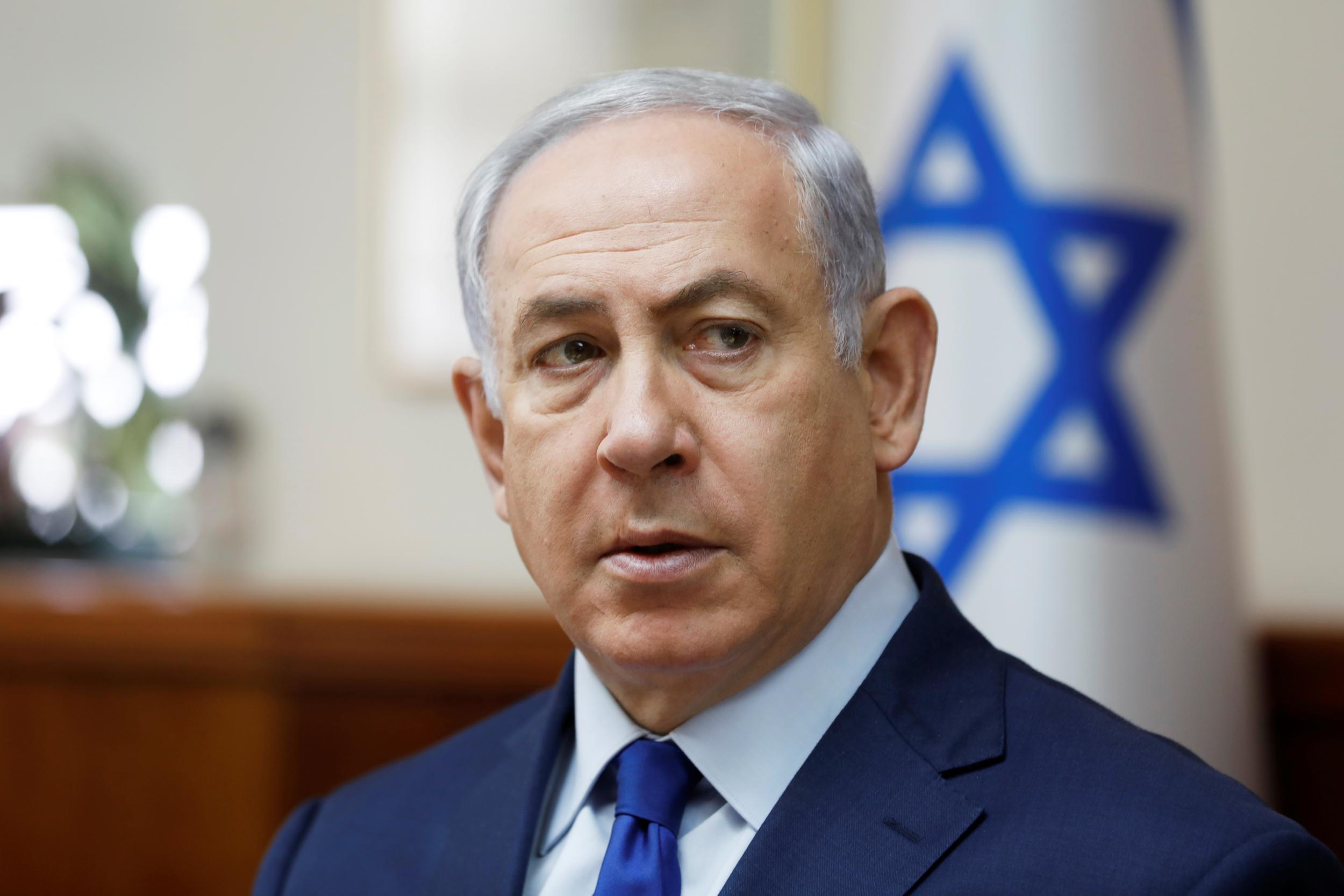Israelis are voting in a fourth national election in two years, which many fear could once again lead to a rickety governing coalition, if one can be formed at all.
The fundamental choice for voters on Tuesday would be between blocs that back long-standing Prime Minister Benjamin Netanyahu and those that seek to oust him.
Polls predict that Netanyahu’s right-wing Likud would emerge again as the biggest party in Israel’s Knesset.
But they also predict the 71-year-old would face great difficulty in building a functioning and stable governing coalition backed by a majority of at least 61 lawmakers in the 120-seat legislature.
A short-lived and tense “emergency” unity government formed with former rival Benny Gantz of the Blue and White faction last year to fight the pandemic collapsed in December amid a disagreement about the budget.
Blue and White was predicted by the polls to shrink from 33 mandates at the last election to around five. At the time that gave Blue and White only three seats fewer than Netanyahu’s Likud.
Some polls predict that the centrist faction may not even pass the electoral threshold of 3.25 per cent.
Neither Netanyahu nor Gantz had been able to form a governing coalition without the other, after earlier inconclusive elections in April and September of 2019.
Tuesday’s election comes just a fortnight ahead of the start on April 5 of the evidence phase of Netanyahu’s corruption trial. When voters headed to the polls the last time, in March 2020, the fact that the trial was set to start in May did not stop them from returning Netanyahu at the head of the country’s largest party.
Netanyahu hopes that Israel’s successful vaccination campaign under his leadership, as well as the historic normalisation deals he signed in September with Gulf States, would boost his chances in this fourth round.
Some 6.6 million of Israel’s 9.3 million citizens were eligible to vote at nearly 13,700 polling stations.
There are also several dozen voting stations designated for Israelis with COVID-19 or in quarantine. In March 2020, voting turnout was 71.3 per cent.

 Latest4 days ago
Latest4 days ago
 Latest2 days ago
Latest2 days ago
 News2 days ago
News2 days ago
 Latest3 days ago
Latest3 days ago
 Energy5 days ago
Energy5 days ago
 Comments and Issues5 days ago
Comments and Issues5 days ago
 Business5 days ago
Business5 days ago
 Business6 days ago
Business6 days ago

